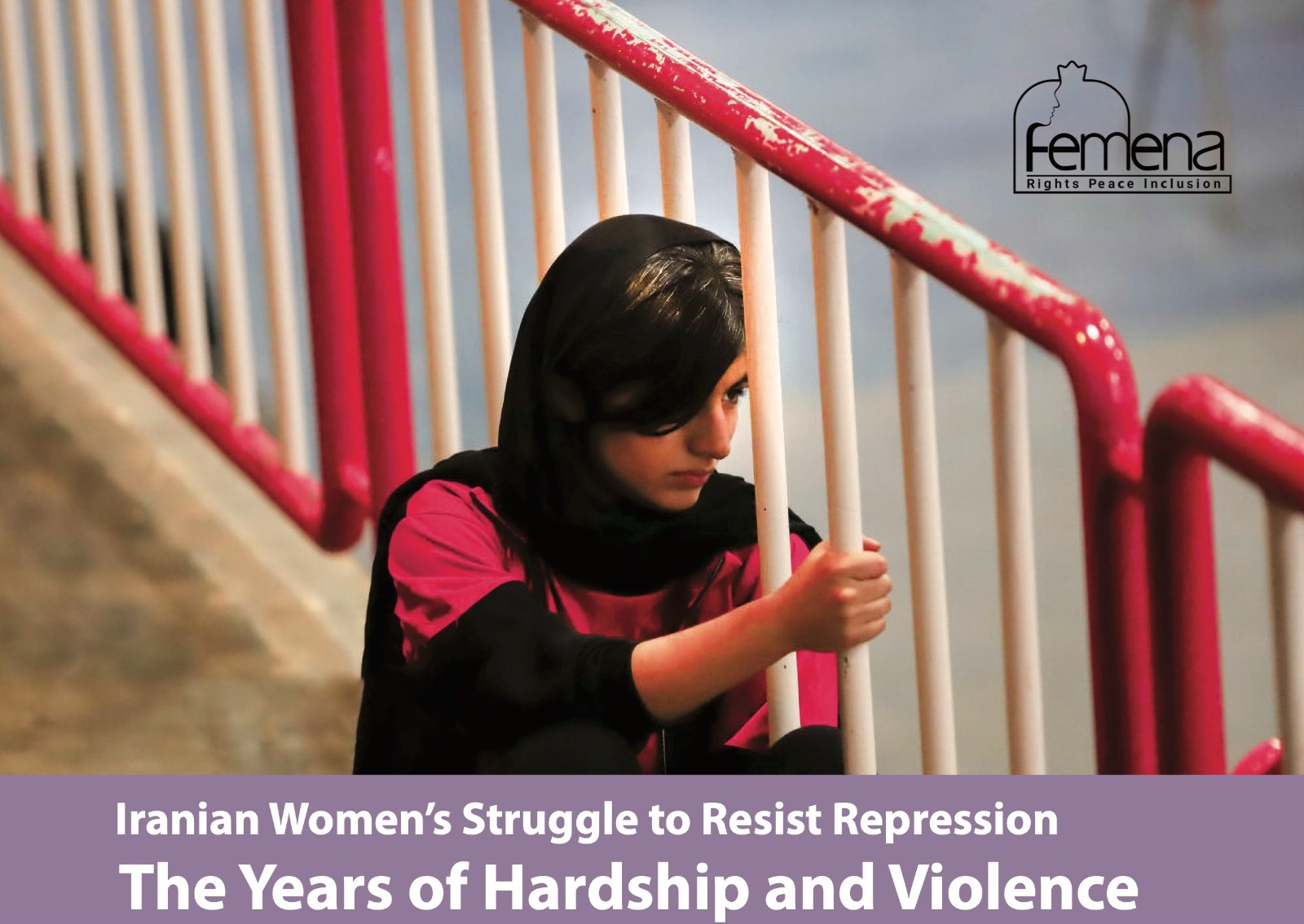
The past few years have been the most eventful in the 44-year lifespan of the Islamic Republic of Iran. Even before the nationwide protests that followed the death in custody of Mahsa Jina Amini, who was arrested for improper hijab, the country was embroiled in a state of intense crisis. In fact, the country had spun into a myriad of political, social, economic, and environmental crises which amassed themselves to such an extent that a way out was difficult to imagine. Widespread government mismanagement and corruption, the intensification of political and social repression, rising poverty, a worsening economy, severe sanctions, political isolation, and increased involvement in regional conflicts had already plunged the country into distress.
Economic crisis and severe inflation, exacerbated by the COVID-19 pandemic, had inflicted unprecedented pressures on both vulnerable groups and the middle class, who struggled to merely survive in adverse conditions and poverty. In these conditions, women, who have consistently faced disproportionate economic and employment instability, lost further ground. The election of a conservative president, the adoption of regressive policies on women’s rights, the targeting and arrest of women human rights defenders, and the closure of registered women’s NGOs as well as informal unregistered initiatives are all issues that combined to create an environment where violence and systematic discrimination against women were perpetually increasing.
The death in custody of Mahsa Jina Amini, which sparked nationwide protests, occurred in this arduous context. The “Woman, Life, Freedom” uprisings constitute the longest continuous protests since the establishment of the Islamic Republic. At a minimum, these protests have intensified the crisis of the Islamic Republic with over 500 protesters dead, hundreds injured and blinded, tens of thousands arrested, including civic activists and women human rights defenders, and many sentenced to long prison terms.
Leading up to the Woman, Life, Freedom protests, Iranians were subjected to and angered by several high-profile instances of violence against women and femicide, as well as numerous occurrences of police violence. Instead of heeding the call of women’s rights activists to protect women, the government and parliament adopted multiple problematic and highly contested policies designed to undermine women’s rights and achievements.
This report provides an overview of the intensification of pressures and violence against women, which reached their height during the first year of Raisi’s presidency, including state violence against women with respect to enforcement of mandatory hijab laws, increased violence and femicide without state intervention to reduce violence, increasing economic marginalization of women and feminization of poverty, and the targeting of women human rights defenders and restricting of the civic space. The report further discusses how the amassed pressures, along with the unjust death in custody of Mahsa Amini, triggered one of the longest national protests in the history of the Islamic Republic.


